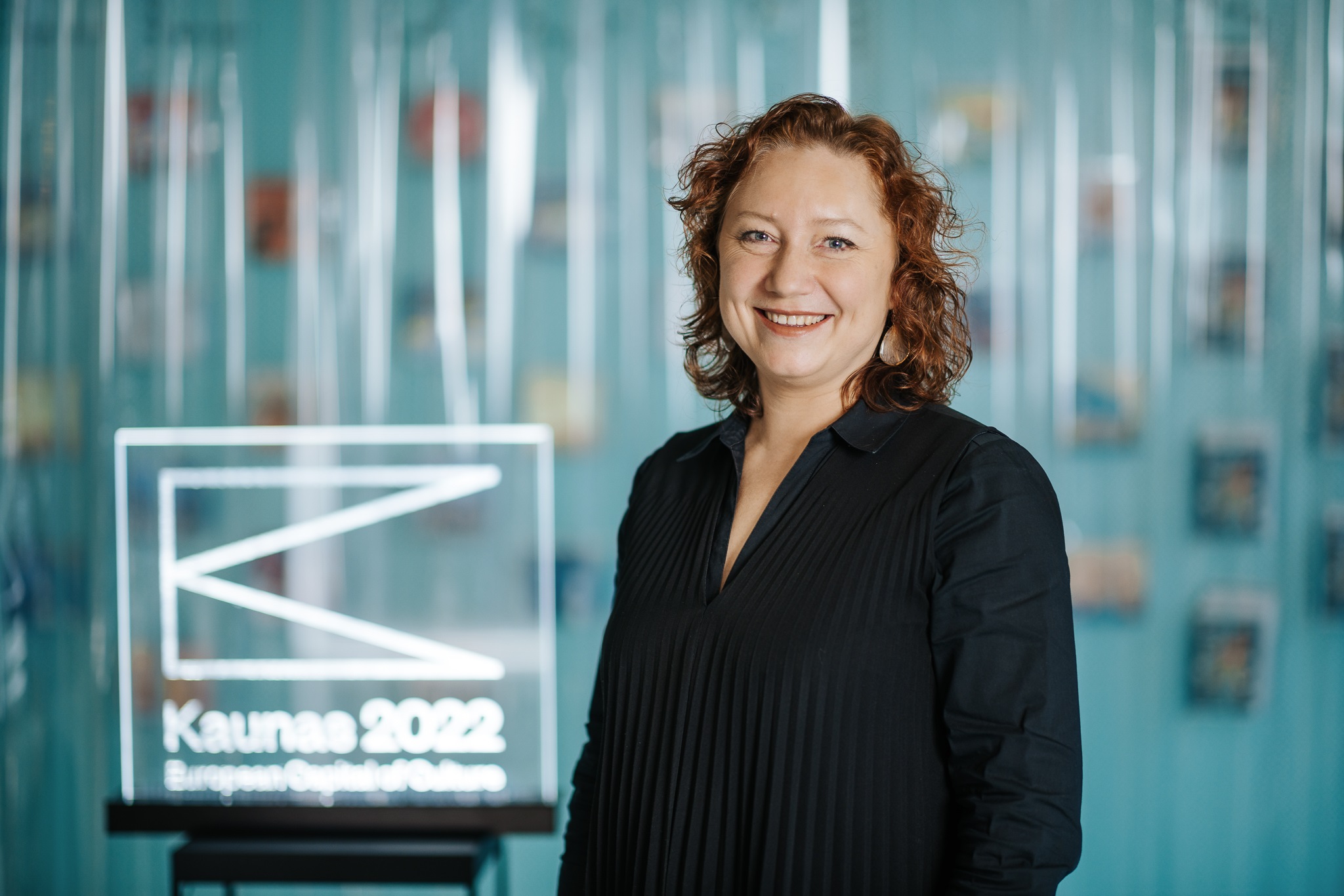
“We wanted to see what we could do when had all the right conditions to thrive. When you have a dream, you can achieve a great deal,” Virginija Vitkienė, leader of the European Capital of Culture programme in Kaunas, says. As 2022 draws to a close, she tells us that she has experienced the celebration and covered a decade’s worth of distance.
More than 3,000 events have taken place and over 2 million spectators and visitors have attended, over the project’s entire lifetime. With visits to museums and galleries having increased by a third, the number of foreign tourists having reached pre-pandemic levels, exclusive attention having been captured from foreign TV stations, not to mention all the world-class exhibitions that have taken place, the standard of cultural life in Kaunas, according to Vitkienė, has now reached levels seen in New York or Berlin.
She believes that over the years, Kaunesians have become more curious and their demand for quality cultural and art events has grown. We no longer perceive ourselves to be living in a province.
In the interview which follows, you can find out more about what will remain once the title-holding year is over, the gift that the Kaunas 2022 team delivered to the city, and what it managed to achieve in the round.
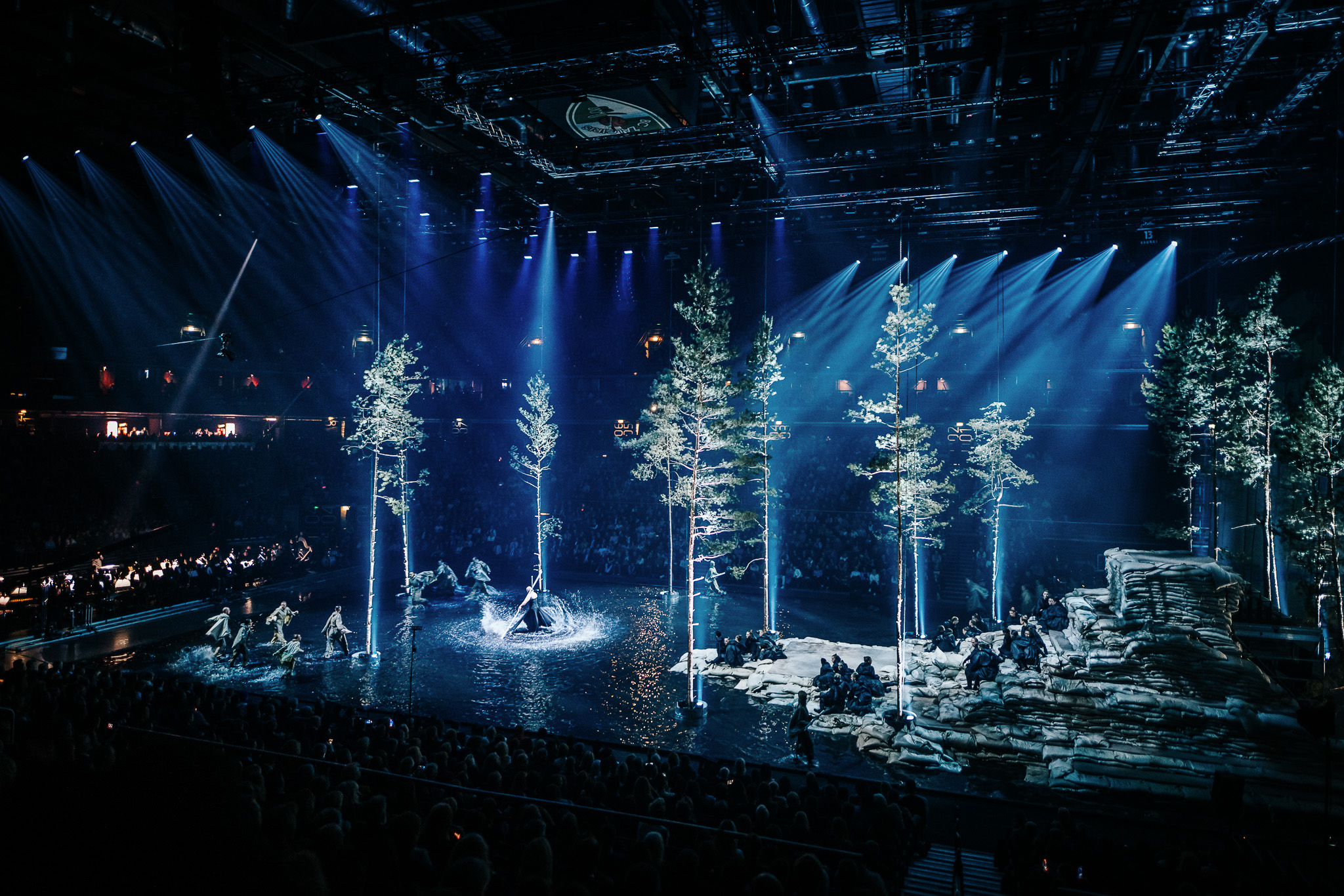
The European Capital of Culture programme is officially closed, and 2022 is coming to an end. How do you feel?
I feel a void within my sense of completeness. We have received so much feedback – people from the outside have been telling us that we have done a colossal job, and that the process of change is gaining momentum. However, the time has come to say goodbye to our team members. We wish one another to continue what we have started, and we cry on one another’s shoulders. This is probably how parents feel when they usher their children into the adult world.
What makes you proudest and happiest?
One of our goals was to stimulate the development of local cultural institutions. I can see this change very clearly – most of Kaunas’s cultural institutions have experienced a huge breakthrough in terms of internationalism. I believe that none of them will want to go back to the way things were.
For example, the National Kaunas Drama Theatre, which previously had no co-productions (productions created by several collaborating institutions), produced five international productions in a year. These included Dorian, with the D’haus Theatre in Düsseldorf, Germany; Visage, with the Esch City Theatre in Luxembourg; The Tower of Babel, which was staged by a creative team comprising members from five countries; and others. These performances have been presented on several European stages.
Although cultural professionals and staff may feel very tired, the feeling is very different now than it was a few years ago. Of course, it will still take time for all the excitement and experiences to sink in.

You probably know the programme better than anyone else. However, planning and experiencing it are not the same thing. Has there been anything that surprised you?
I was most struck by Jenny Kagan’s exhibition Out of Darkness. I knew that Jenny was working on that exhibition in a very sincere, personal way, and I had seen the catalogue of the smaller version of the exhibition and some of the photographs when it was held in England. I have been familiar with Jenny’s family history since 2017, when she started participating in the Kaunas Biennale. We all knew that Jenny’s parents had escaped the Kaunas ghetto, were hidden and provided with shelter by Lithuanians, fed for 9 months, kept secret and survived. But it was only just before the opening of Out of Darkness this year that Jenny told us that her grandfather had been among the victims of the massacre at the Lietūkis Garage.
Our Memory Office programme is designed to revive memory, to encourage truth and genuine conversations about what happened in Kaunas in 1941, especially on 26 June, when Lithuanians brutally massacred Jews. After all, when the tragedy of the Lietūkis Garage took place, there weren’t even any Nazis in Kaunas! Yet, for five whole years the artist had not disclosed this detail of her family’s history to us. Perhaps she wanted to spare us the accusation, the reproach.
Visiting Out of Darkness has been a harrowing experience for me as well. This exhibition-installation contained so many layers of meaning – it made me think not only about the tragic fate of the Jews during the Second World War, but also about the war in Ukraine today, about the choices people make in such situations and about hope where there seems to be none.
For Jenny, a light artist by training, this exhibition marked a huge leap in her career. With this work, she joins the elite ranks of the world’s artists. In my opinion, it was the best we have ever had in Kaunas. And even though the exhibition is now dismantled, it remains here – we are looking for a permanent location for this exhibition. It’s true that the process will take time, because this exhibition demands large spaces, which are in short supply.
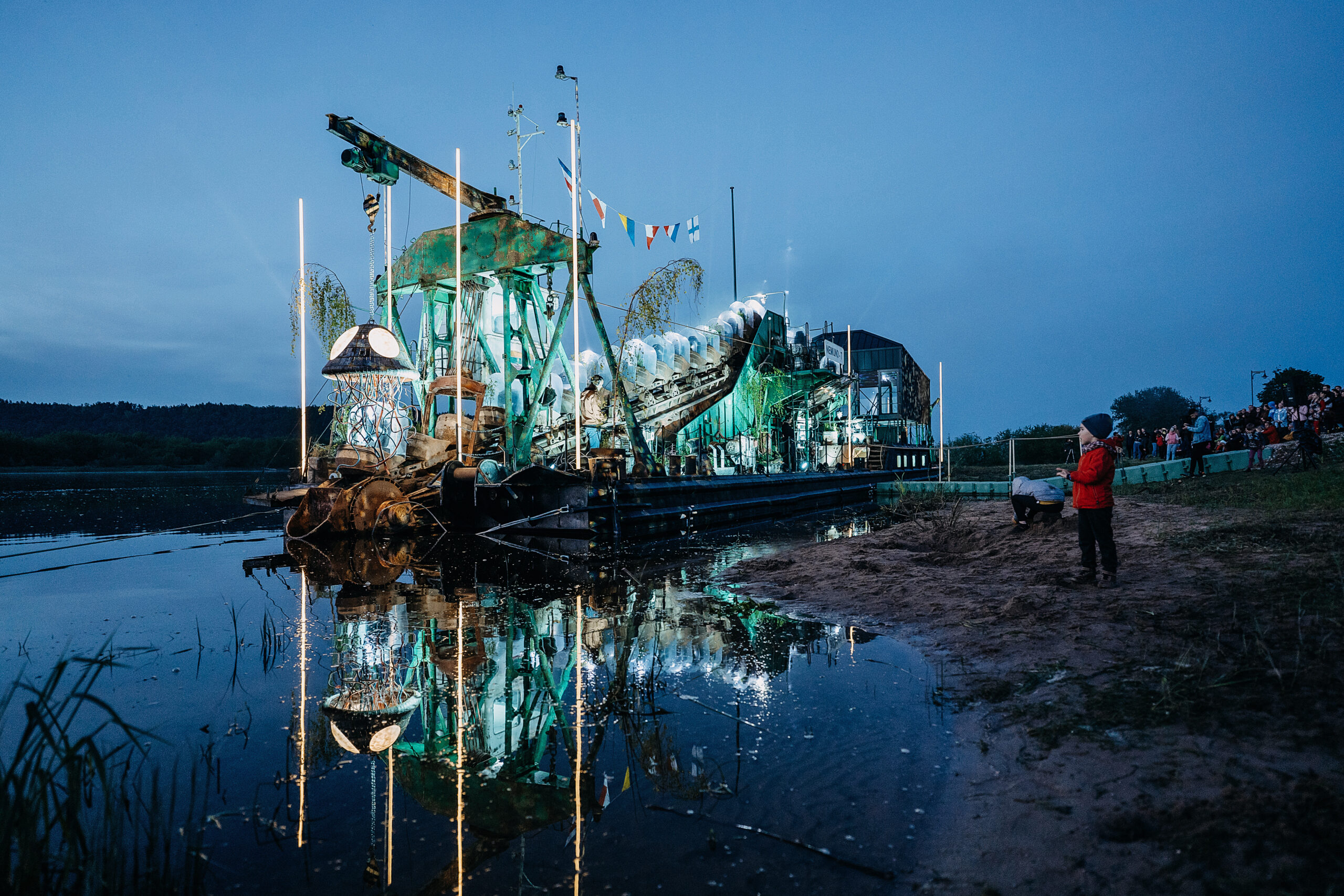
While it is too early to determine the long-term impact of the European Capital of Culture title-holding year, some figures have already been published. For example, 26 million euros have been spent on the programme over five years. Is that a lot or a little?
I think it is a lot for Lithuania and I am very grateful to all the sponsors. On the other hand, it is the same amount that Vilnius had in 2009, and if we consider the inflation over the past thirteen years, it would be fair to say that we have had less than Vilnius. And less than a half of what Esch, also this year’s European Capital of Culture, has had. For this city in Luxembourg of a mere 30,000 inhabitants, the programme’s budget alone was 67 million euros.
By the way, I visited Esch this autumn. Although I was impressed by the in-depth, inclusive programme, it is a pity that it did not attract much public attention. World-class exhibitions received small numbers of visitors. This only confirmed to me how right our strategy was to involve communities in the run-up to the event. Our museum and gallery staff say that this year, compared to previous years, we had three or four times as many visitors. Admittedly, our city, with its 300,000 inhabitants, is much bigger.
Compared to other European Capitals of Culture, 26 million is an average amount – neither too high nor too low. However, in terms of numbers, we have made this money go a long way – over 3,000 events have taken place, and if you count all the preparatory activities and various workshops, this number comes to over 7,000.
On the other hand, if we divide the 26 million euros by the over two million people who have visited the events of Kaunas 2022 over the last few years, the average amount spent per visitor comes to 13 euros. We’ve had quite a bounty of culture, for that amount, don’t you think? Based on these figures, we are making a proposal to municipalities, to governments: to fund culture by at least 2.5 euros per capita per year. With strategic thinking, with good planning, with that amount of money, a lot can be achieved.
I would also add that the only reason we were able to spend the money so wisely was because we knew very well in advance how much we would have each year. When the municipalities and the government approved their grant amounts, back in 2016–2017, we already had a budget plan running up to 2022. It changed very little. By 2022, we had spent almost half of the planned budget.
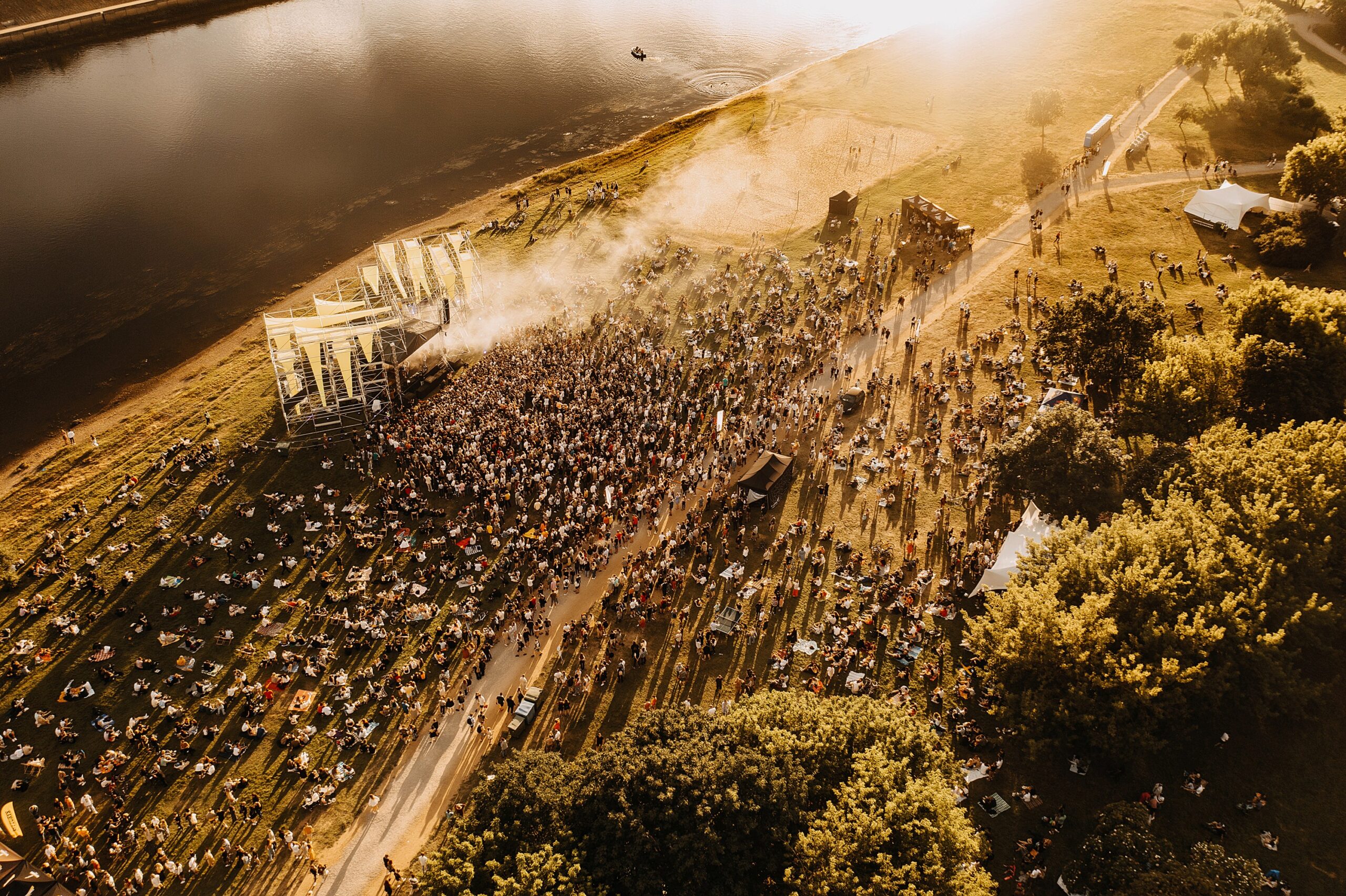
That leaves around 14 million for 2022. The figures seem huge.
Considering that our strategic plan was implemented by 72 partners who proposed more than 170 projects, each consisting of a dozen events… In the end, the figures for each project have remained very small, similar to the cost of a concert or any other event in a regular year.
Still, the three major events of the Contemporary City Trilogy were truly extraordinary. You have mentioned in the past that they accounted for the lion’s share of the 2022 budget. Was it worth it?
I would say that these were very successful events – we created and delivered major celebrations for the city. The city really needs such massive events, engaging hundreds of thousands of people. The opening was not without its challenges, given the pandemic management requirements, as we all had to freeze outdoors in the cold weather, but people’s spirits were not dampened, and the celebration continued in the city for the rest of the night. I saw so many smiling faces – after the long period of social distancing people were longing for interaction. “The Confluence” event, which replaced the “Kaunas Days” festival, brought out a completely new quality and raised the bar – the city has never before witnessed a concert on such a scale taking place upon the flowing waters of the city’s rivers. And the balletoratorio “The Contract”, I think, exceeded everyone’s expectations, including those of our team. It was a spectacular piece by the greatest Lithuanian artists.

I am really glad that we brought the idea of a city trilogy, conceived by Rytis Zemkauskas, to life (after all, we could have just had three separate events). We hoped that the events’ ritualistic and recurrent nature would allow the residents to feel a certain sense of being at one with their city. If you participate in a shared happening with others, you feel as if you have been ordained. Those who have attended even a single one of the big events, I believe, feel as though they have travelled along a certain path. As though they have signed a contract with their city.
And the two million visitors – has this figure matched your expectations?
It’s hard to tell. We had no numerical target covering these several years. It was difficult to forecast the number of foreign tourists. And although we haven’t counted them fully yet, based on the pillow tax paid in the last 10 months, tourist numbers in Kaunas have caught up with those of 2019. These are pre-pandemic figures, which is the tourism sector’s ambition in every country. On the other hand, in our commitments to sponsors, we had set a target of one million people for this year. We exceeded this target by reaching 1.2 million. Besides, we had a large number of returning viewers – I have personally visited William Kentridge’s exhibition more than 20 times, and I’m sure I’m not the only such person. By December, this exhibition had been viewed by 37,000 visitors.

Audra, M. Plepio nuotr.Last year, you suggested that such names as Marina Abramović, Yoko Ono and William Kentridge would inevitably put Kaunas on the European cultural map. Maybe we are already on it? Or is it too early to tell?
A great way to measure how widely we have been noticed is through foreign media coverage. The programme was of particular interest to German journalists and TV crews; Kaunas was also filmed by Italian TV. As many as three half-hour programmes have been shown on prime-time television, focused not on our castles, best restaurants, traditions or other aspects relevant to tourists, but on the European Capital of Culture programme specifically. This is something unique.
Kaunas’s architecture was discussed through our programme’s conceptual lens, admiring not only our inclusion of architecture in the European Capital of Culture programme in general, but also the ingenious way we have utilised the narrative of inter-war modernism, encompassing the founders of the Art Deco Museum, the Capital of Culture’s concierges, and the hospitality programme. The new legend of Kaunas, the Memory Office’s programmes, and the way we have involved citizens in telling the city’s history were also introduced to wider audiences. We welcomed journalists from Latvia and Poland. Some of them visited Kaunas several times.
Foreign TV stations presented the AUDRA Contemporary City Festival, the central event of the youth programme, as something miraculous, as well as covering the CulturEUkraine Centre, and the William Kentridge exhibition, amongst others. This is a whole new level of international visibility. Kaunas was presented not as a conventional tourist destination, but as a cultural centre. We are very pleased with this. That is what we were aiming for.
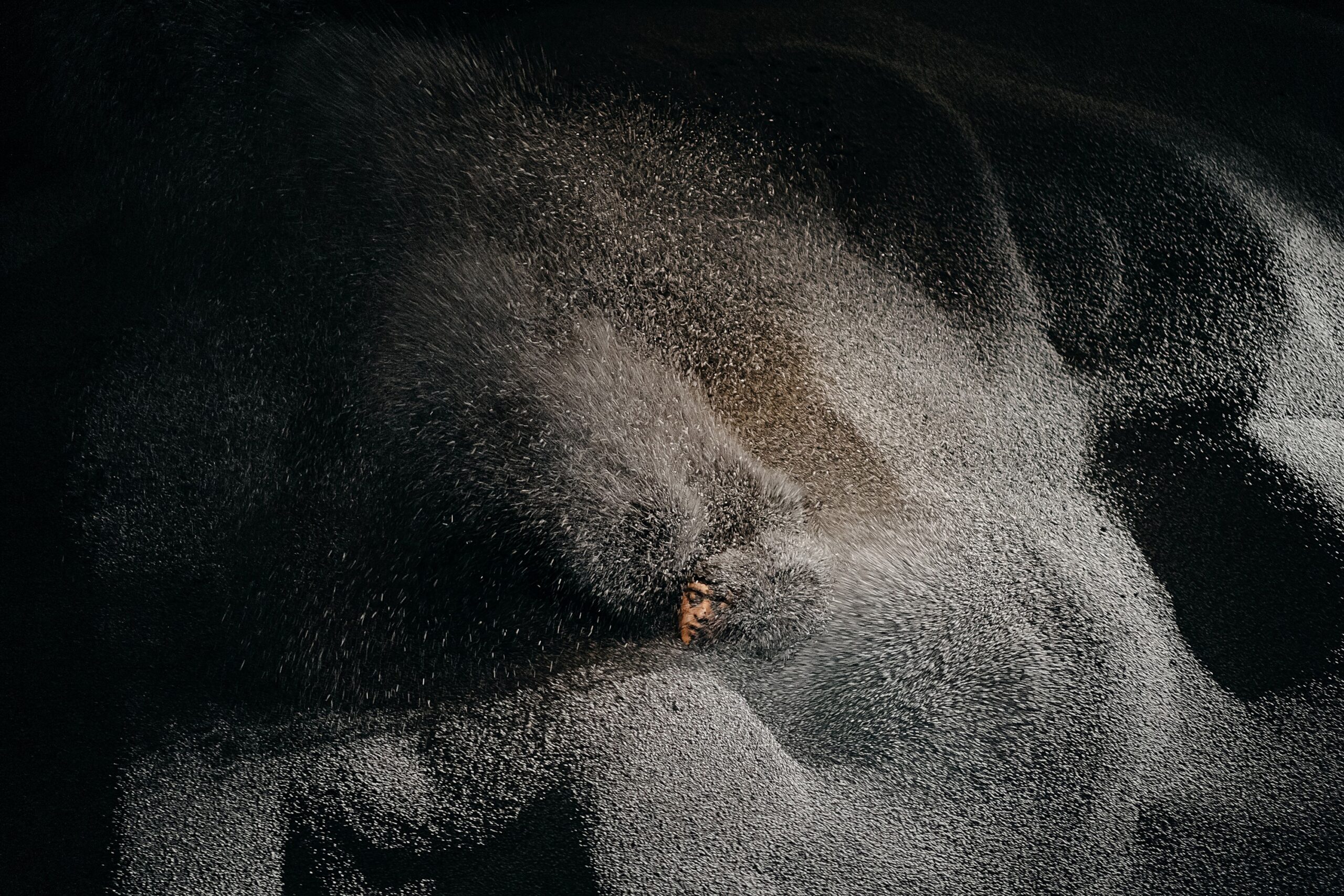
L’absolu, Contempo festivalis, M. Plepio nuotr.At the beginning of the conversation, you mentioned the change happening in cultural institutions. And how have Kaunesians changed? What is their attitude towards the consumption of culture, and towards their city today?
I hope that we are all more proud of where we live. Kaunas can no longer be considered merely a province. Of course, it would be quite sad if in five years’ time we went back to having very little culture. I would expect that we will see the real impact around that time.
But if we could maintain at least a tenth of the capacity of a European Capital of Culture, if we could have culture for at least a million euros a year… We would certainly be able to consume that kind of supply – it was actually impossible to take in everything that was on offer this year. Of course, there will have to be a change of mindset and we will have to pay more for culture. This year we were able to offer many events for free or at a significantly reduced price.
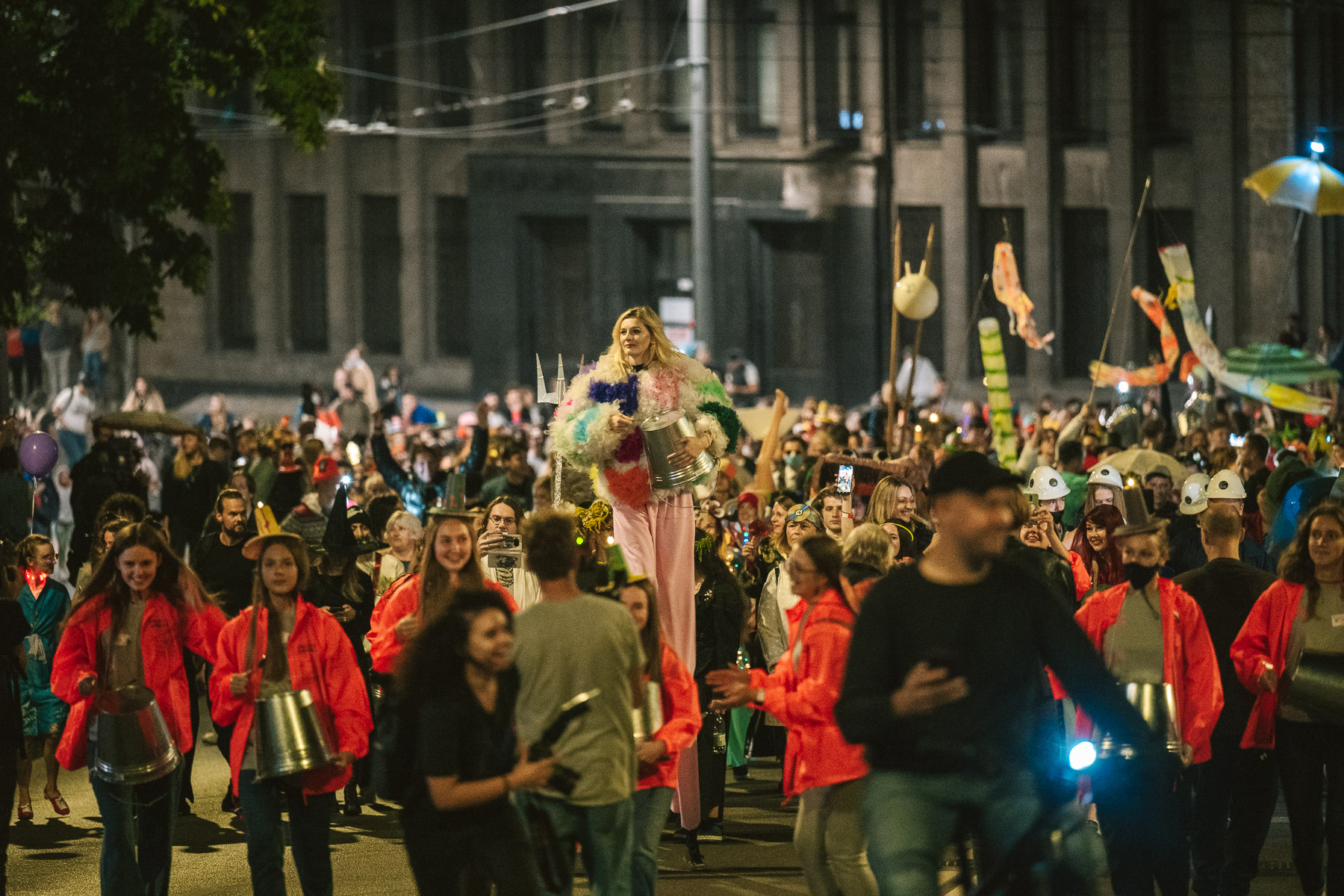
Do you see a change in the authorities’ attitude towards culture funding?
At the moment, we are in the process of planning next year’s budget. Kaunas District Municipality has planned for quite a solid amount of money going towards continuing many of these new initiatives next year. In Kaunas, the budget is still being planned, we are handing in our proposals. Since the city is quite big, a greater number of new initiatives have been launched – not only 12 new festivals, but also other activities – and it would take 600,000 euros more than last year to continue them. We will be able to assess the degree of political will soon enough. It would be great to see an understanding that culture adds vibrancy to the city and improves its reputation.

You also talk about long-term partnerships between cultural institutions. This seems to have been one of the strengths of the team you lead. Kaunas 2022 brought together around 12,000 representatives from the culture and arts sector. That includes artists who are usually considered individualists. How did you manage to achieve this?
People who have been involved in this project have taken it as a personal challenge. We all realised that this was a temporary mission, a project, a stage in life. We were running on a higher gear than we normally do when working in the same cultural institutions. Maybe we wanted to see for ourselves what we can do when we have more resources, for example, a larger budget. We often say that there is not enough money for culture, so we can’t do this or that. Now, we had all the right conditions, we had everything, so we could do what we had always dreamed of. I think that the “Meno Parkas” Gallery and its director Arvydas Žalpys have dreamt about hosting Marina Abramović’s exhibition ever since they were involved as partners in Marina’s 2019 exhibition in Poland. This year in Kaunas, he had the opportunity to host a great retrospective of this world-renowned artist. When you have a dream, you can achieve a great deal.
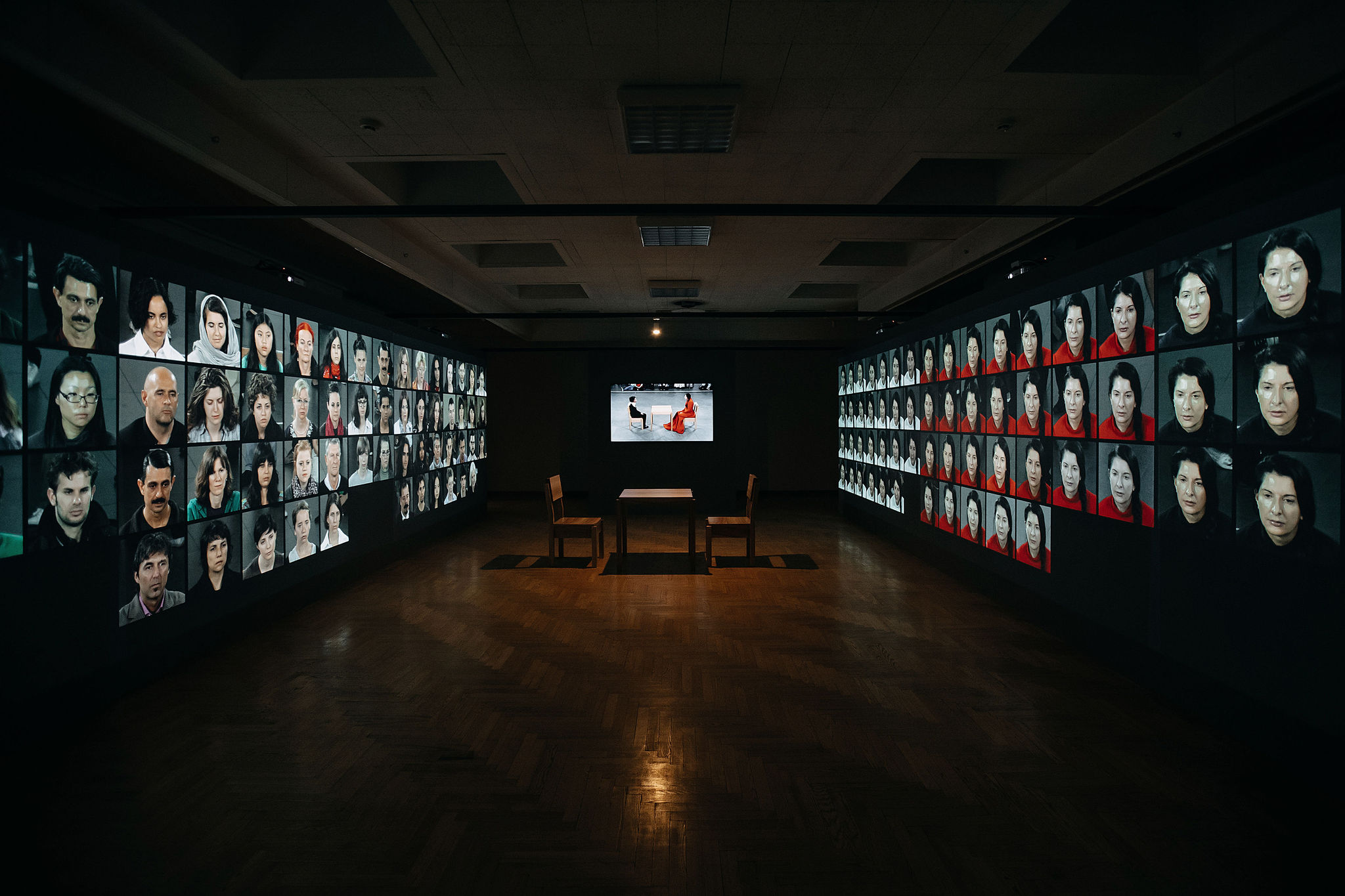
Your answer reminds me of the end of the hero’s journey cycle, discovered by the mythologist Joseph Campbell: once the hero, having faced the enemy, has defeated the enemy and himself, he returns with an elixir. That elixir is important not only for him, but for all the inhabitants of his world. What sort of elixir did the heroes of the Kaunas 2022 journey bring back with them to Kaunas?
In my view, we have all become more interested in our surroundings, both near and far. Today, we want to see not only the façade, but also what’s happening behind the front door. The people of Kaunas have started to appreciate not only modernist buildings themselves, but also their history and what is happening inside them today. We have begun to care more about our neighbours – what they are creating, and how they live. That heightened curiosity, that desire to know and to be engaged in life – could that perhaps be the elixir?


